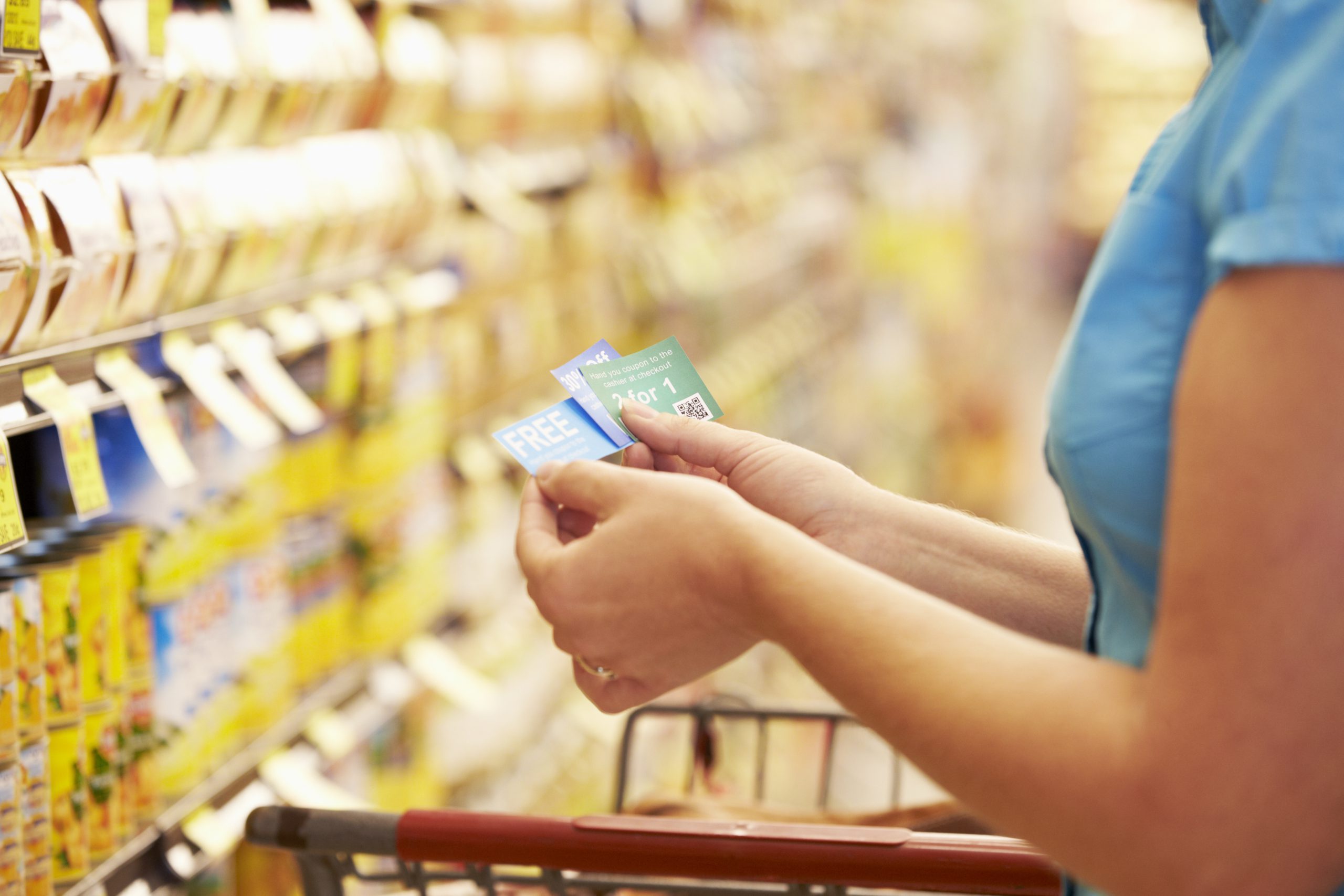
(c)iStock/bowdenimages
It’s no secret, everyone loves a discount. Supermarkets and retailers have used coupons for decades to draw in new customers or simply to gain market share for a product.
And it’s big business: according to Valassis, consumers are benefitting from approximately £3.3bn worth of coupons or vouchers per year.
The second coupon revolution
Tesco’s Clubcard launch was one of the most important retail innovations of the 20th century as the loyalty card, and particularly the Dunnhumby database behind it, provided Tesco with an unprecedented level of detail into who its shoppers were and critically, how they shopped.
Using the data from its Clubcard scheme, Tesco was able to predict consumer trends and offer brands opportunities to benefit from them, sending customers coupons for specific deals based on their purchase history and preferences.
But change is on the horizon. The digital age is giving rise to a second coupon revolution, as ever higher smartphone penetration, which our primary research currently puts at 71%, means consumers are moving away from paper-based solutions.
Smartphones are increasingly being used to shop for clothes, board a flight and manage money, so why not also to redeem discounts and coupons on groceries or in a restaurant?
Mobile coupons can be delivered to your customers at the precise moment your brand feels most relevant to them
With mobiles acting as the central hub to our lives, it’s infinitely more convenient for consumers to be able to redeem discounts via the device that also sits at the heart of their banking and shopping experiences.
It’s infinitely more convenient for consumers to be able to both access and redeem on the mobile device that acts as the central hub to their lives.
Mobile coupons also have the ability to drive a much higher rate of redemption compared to their physical counterparts because of the seamless experience they offer and there is no need to remember to print a coupon in advance.
Connecting online and offline experiences
This ‘seamless experience’ is about ensuring the online and offline worlds feel connected. The rise of click and collect is one demonstration of how consumers now take it for granted that their online and physical store experience is completely joined up.
People are increasingly using their smartphones in store to aid decision making at the point of sale, with 65% of shoppers using them to search for product information and compare prices (Source: Weve “Grocery Shopping” primary research, May 2015).
Reaching a consumer with a relevant and timely offer at the right moment is exactly the sort of enhanced experience that mobile coupons can deliver, improving the sense that a brand is operating seamlessly both online and in-store.
Mobile coupons can be delivered to your customers at the precise moment your brand feels most relevant to them – be that using location triggers when someone is within a specified proximity of a supermarket, or using home postcode to drive redemption in a local store.
For FMCG brands for example, being able to target customers on their approach to the supermarket with a coupon to guide them down the aisle to their latest product is a far more valuable proposition that post-purchase paper coupons that can only be redeemed on the next supermarket visit.
And it’s not just relevant in a retail environment.
Based on habitual visits to certain pub chains using WiFi data, drinks brands can send coupons for a new alcoholic drink to frequent pub goers to drive trial, as research shows that drinkers are more likely to order the same drink for the second round rather than switching.
Using rich insight based on consumer behaviour, interests and preferences helps build stronger relationships with your target audience by delivering them the offers they want, gaining their trust and therefore, continued permission to engage.
And using quality audience insights at the outset means higher redemption rates, which can also be tracked, enabling brands to continue to build an enriched picture of their customers, and more relevancy for future targeted offers.
As more and more retailers and brands adopt mobile coupons in line with our mobile-led lives, does this finally spell the end of that pile of coupons that languishes at the bottom of our bags without ever being redeemed?
For brands and retailers, a mobile-led future looks increasingly important.





